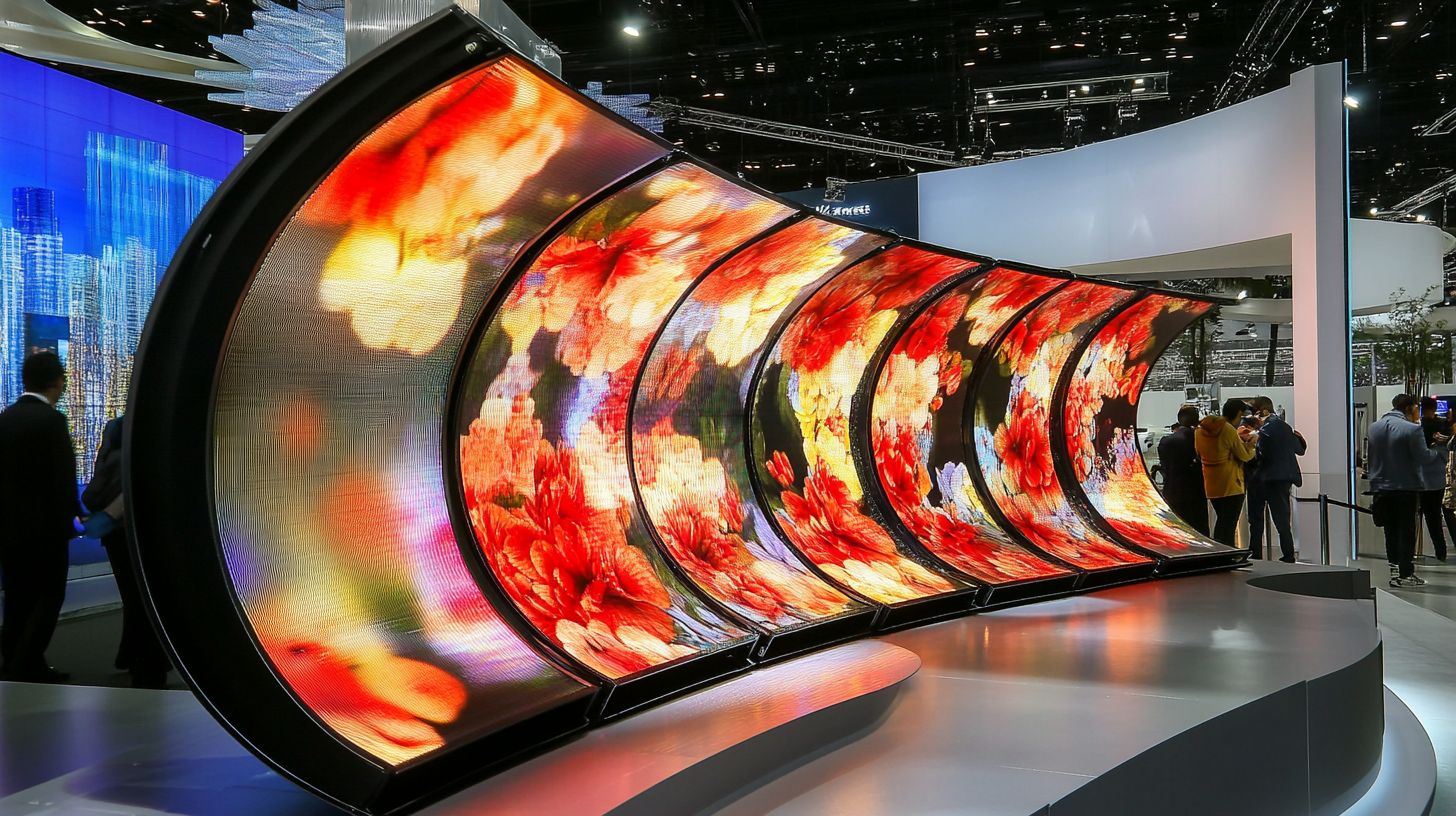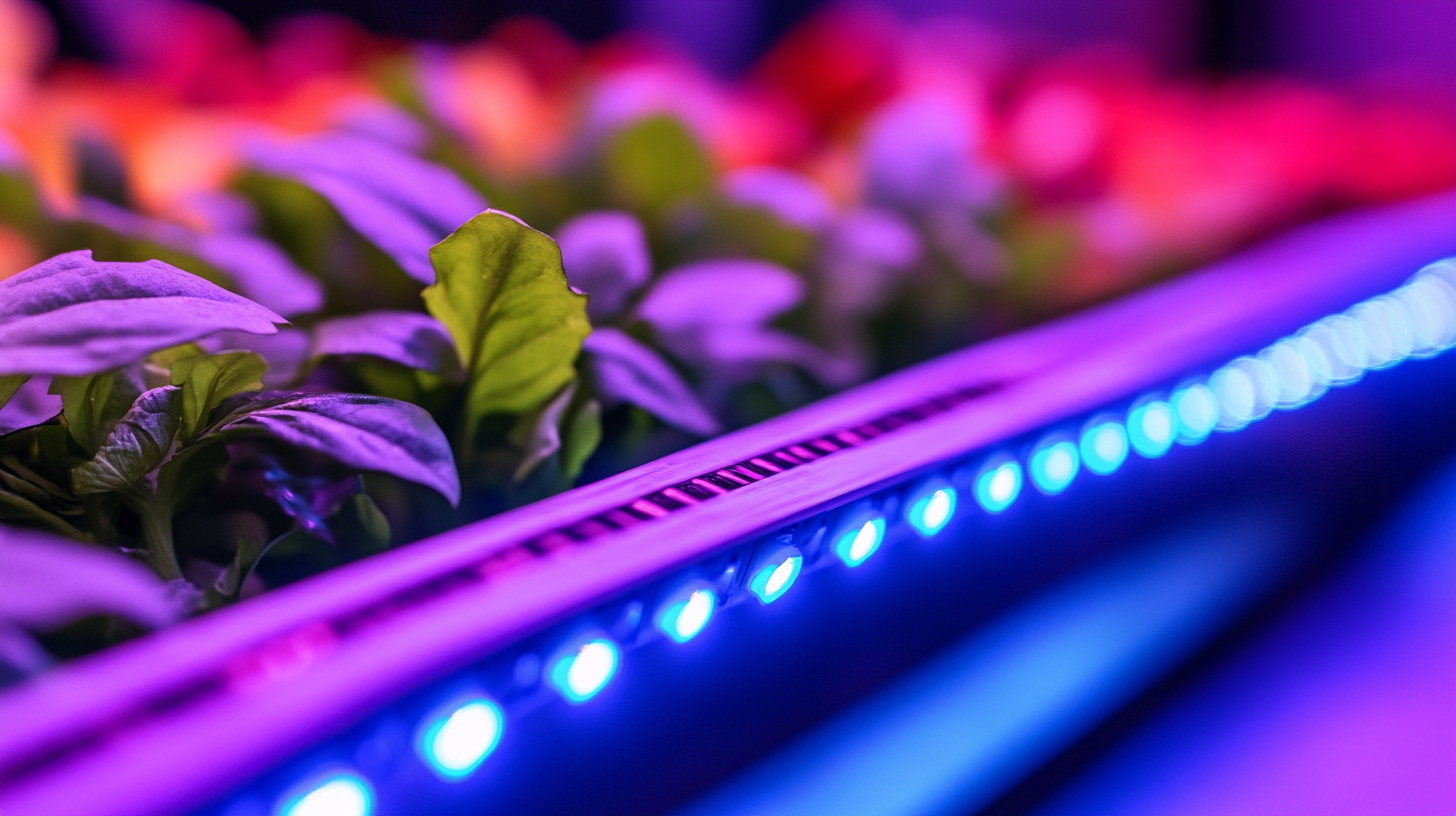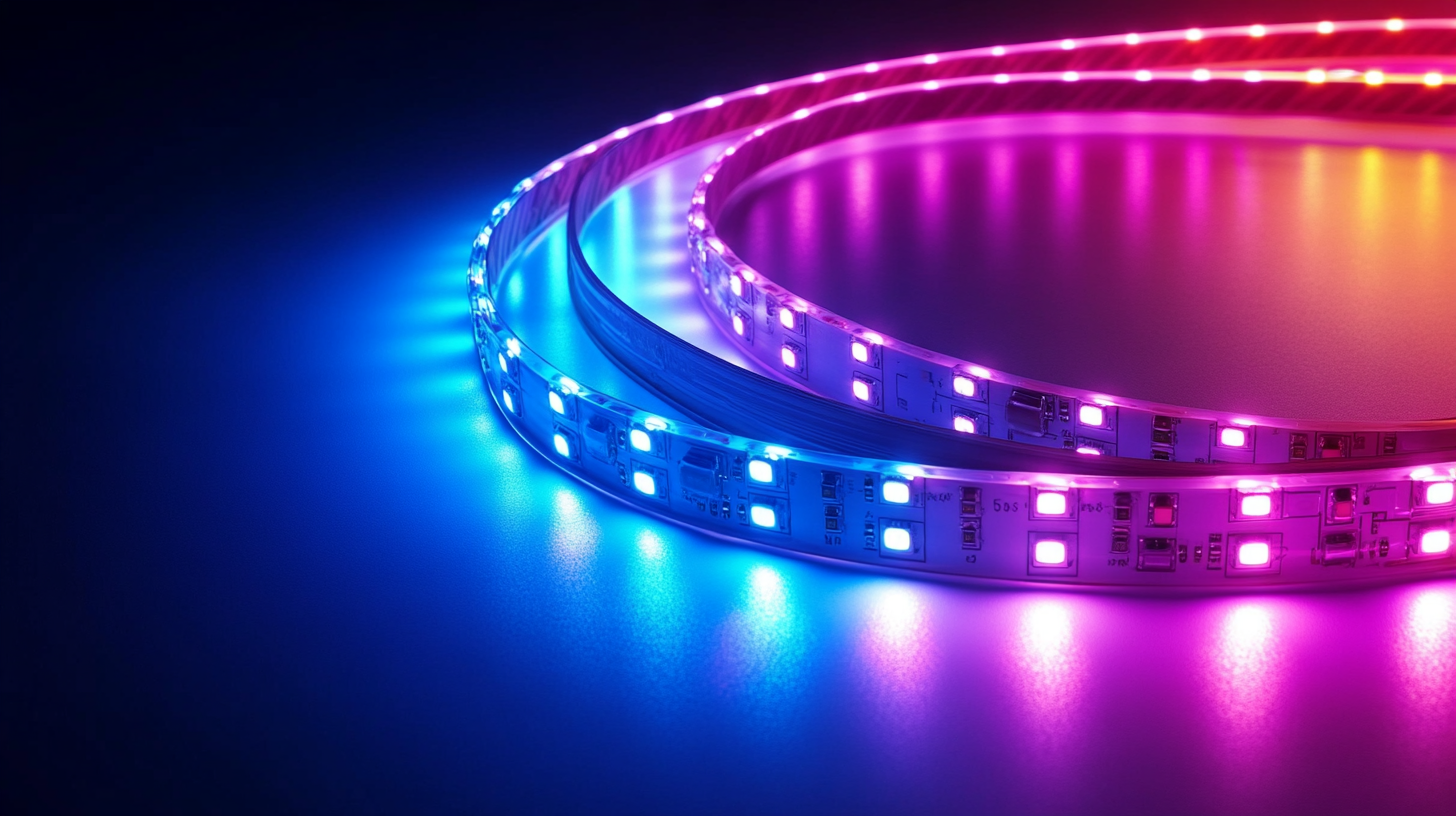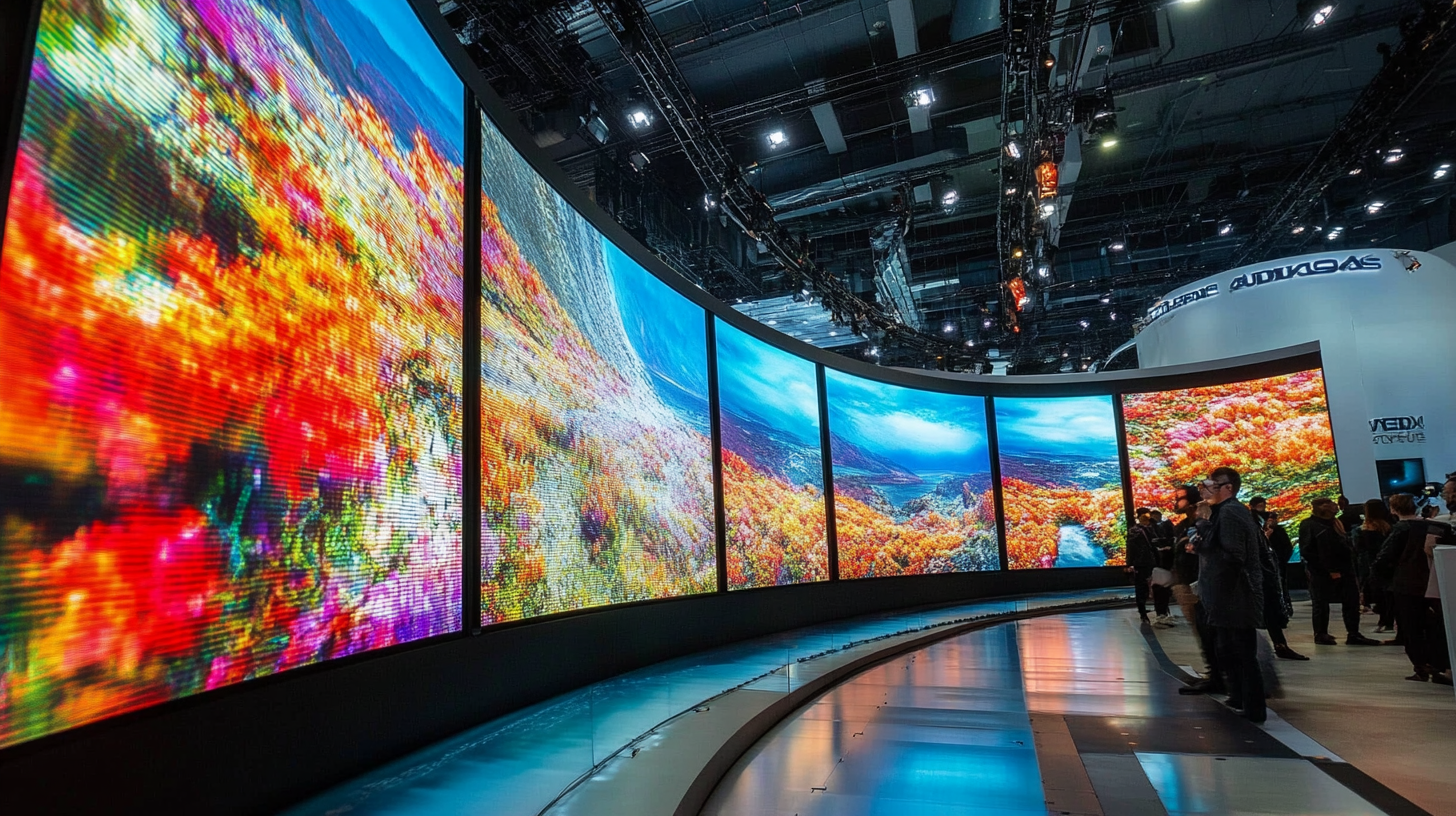Global Market Outlook for Flexible Led Innovations and Future Trends in 2025
The rapid evolution of technology has led to remarkable advancements in the lighting industry, with flexible LED innovations leading the charge. As we approach 2025, the global market is poised for a significant transformation, driven by the versatility and efficiency of flexible LED solutions. These innovative lighting options are not only enhancing the aesthetic appeal of spaces but also contributing to energy efficiency and sustainability. The shift towards flexible LED technology reflects broader trends in consumer preferences and environmental consciousness, making it an exciting area to watch in the coming years.
In this blog, we will explore the current landscape of the flexible LED market, examining key players, emerging technologies, and the various applications that are reshaping how we perceive and use light. As industries from automotive to architecture adopt flexible LED solutions, understanding these trends will be crucial for stakeholders looking to capitalize on new opportunities. Join us as we delve into the future of flexible LED innovations and their potential impact on global markets in 2025 and beyond.

Trends Driving the Demand for Flexible LED Technologies in Various Industries
The demand for flexible LED technologies is surging across various industries, driven by rapid technological innovations and changing consumer needs. In particular, sectors such as automotive, healthcare, and consumer electronics are at the forefront of adopting flexible LED solutions. These technologies not only enable new design possibilities but also enhance product functionality, making them an attractive option for manufacturers aiming to stay competitive in a fast-evolving market. As flexible electronics continue to expand, they are paving the way for advancements in wearable technology. Wearable sensors, crucial for health and fitness monitoring, are increasingly relying on flexible LEDs to deliver real-time data in a compact, user-friendly format. This trend exemplifies the broader influence of flexible LED innovations, which are now integral to the development of next-generation health monitoring devices and smart accessories. Moreover, the trends in the flexible LED market are reflected in the recent trajectory of the global displays market. With the expected growth fueled by high demand for advanced display solutions, companies are investing in flexible LED technologies to enhance visual experiences and deliver greater versatility in display applications. The synergy between flexible LEDs and display technologies underscores the critical role these innovations will play in shaping the future of various industries.

Key Innovations Reshaping the Flexible LED Market Landscape
The flexible LED market is undergoing a significant transformation, driven by several key innovations that are reshaping its landscape. One of the most prominent trends is the advancement in materials science, particularly the development of organic light-emitting diodes (OLEDs) and new polymer substrates. These innovations allow for thinner, lighter, and more adaptable lighting solutions that can be integrated into a variety of surfaces, from clothing to architecture, greatly expanding the possibilities of flexibility in design and application.
Another notable innovation is the integration of smart technology into flexible LED systems. With the rise of the Internet of Things (IoT), manufacturers are now developing flexible LEDs that can communicate with other devices. This connectivity enables dynamic lighting environments that can adjust based on user preferences or external conditions. For instance, flexible LED strips can change color and intensity based on the mood of a room or environmental factors, enhancing both aesthetic appeal and functionality.
Additionally, sustainability is becoming a driving force behind innovations in the flexible LED market. Companies are increasingly focusing on creating environmentally friendly products, utilizing recyclable materials and energy-efficient technologies. This shift not only meets consumer demand for greener solutions but also positions brands as socially responsible players in the market. These innovations collectively highlight a promising future for flexible LED technologies, suggesting that their impact will be felt across numerous industries in the coming years.

Impact of Sustainability and Eco-Friendly Practices on Flexible LED Development
As the world shifts toward sustainability, the development of flexible LED technologies is increasingly influenced by eco-friendly practices. Recent advancements, particularly in smart textiles, highlight the potential for integrating innovative LED solutions into everyday materials. Scientists from an international team led by the University of Cambridge have developed a cost-effective and environmentally conscious method for producing intelligent fabrics using industrial weaving techniques. This breakthrough not only aims to lower production costs but also significantly reduces the environmental footprint associated with traditional manufacturing processes.
The impact of such innovations extends beyond textiles, sparking a broader trend in the flexible LED market. As sustainability becomes a core value for consumers, the demand for eco-friendly lighting solutions is on the rise. The Power Over Ethernet Lighting Market serves as a prime example, showcasing a substantial growth trajectory. With an expected CAGR of over 19% from 2024 to 2032, the industry is witnessing an increasing integration of sustainable practices at all levels of production and distribution.
Flexibility in design paired with sustainability ensures that future LED innovations will not only be versatile but also aligned with global eco-conscious goals. As researchers continue to explore and enhance the capabilities of flexible LEDs, we can anticipate a future where lighting solutions are both innovative and environmentally responsible.

Future Prospects: Emerging Markets and Opportunities for Flexible LED Solutions
The flexible LED market is poised for significant growth as emerging markets increasingly recognize the potential of this innovative technology. From retail spaces to automotive applications, flexible LEDs offer versatile solutions that can enhance visual appeal and improve functionality. Countries in Asia, Africa, and Latin America, where urbanization is on the rise, present a fertile ground for these innovations. Businesses in these regions are beginning to explore the various applications of flexible LED technology, driving demand and creating significant opportunities for manufacturers and suppliers.
In particular, the adoption of flexible LED solutions in the advertising and entertainment sectors is gaining momentum. With the ability to bend and fit into various shapes, these LEDs allow for eye-catching and creative displays. As more companies in emerging markets invest in branding and customer engagement, the demand for customizable and visually striking advertising solutions will only increase. Furthermore, advanced manufacturing processes and lower production costs will enable local companies to adopt these technologies more readily, fueling the growth of the flexible LED industry.
Sustainability is also becoming a pivotal factor in shaping the future of flexible LED solutions. Emerging markets are becoming more environmentally conscious, which is prompting a shift toward energy-efficient technologies. Flexible LEDs, known for their low energy consumption and long lifespan, align perfectly with this trend. As businesses and consumers alike prioritize sustainable choices, the flexible LED market is set to attract considerable attention, paving the way for innovative advancements and sustainable development in the coming years.
Challenges and Solutions in the Adoption of Flexible LED Innovations
The adoption of flexible LED innovations is set to revolutionize various industries, but it is not without challenges. Key obstacles include the need for better integration of technologies like spatial perception, which is crucial for enhancing the operational capabilities of flexible LED products. As highlighted in recent discussions, advancements in spatial awareness technology are essential for the robotics sector, enabling robots to interact better with their environment. This trend can directly impact the flexibility and adaptability of LED solutions, making them more responsive to real-world applications.
Additionally, the manufacturing sector faces its own set of trials as it navigates the shift towards mass customization. Companies are struggling to meet increasingly diverse consumer demands while maintaining efficiency and competitiveness. The integration of flexible LED technology into manufacturing processes could provide a viable solution by enabling more dynamic and adaptable production techniques. For instance, innovations such as LED virtual shooting, as showcased in the film industry, demonstrate the potential for flexible LED applications in creating immersive experiences that cater to varied consumer preferences.
To successfully overcome these challenges, emphasis should be placed on collaboration between technology developers and manufacturers. This partnership will foster an environment conducive to experimenting with new ideas and refining existing technologies, ultimately driving the widespread adoption of flexible LEDs and enhancing their transformative capabilities across multiple sectors.

